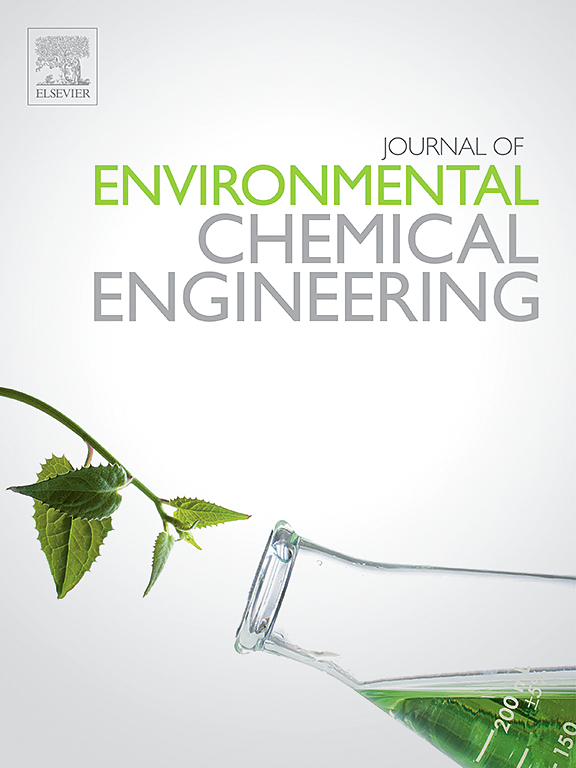Recent advances in filter materials for efficient photodynamic inactivation of pathogens in the air
IF 7.4
2区 工程技术
Q1 ENGINEERING, CHEMICAL
引用次数: 0
Abstract
The global epidemic of COVID-19 has intensified the urgency for the development of high-efficiency air filters with antiviral and antibacterial properties. While conventional commercial air purifiers can filter particulate matter, they often fall short of eradicating airborne pathogens. Thus, there is a critical need to innovate air filtration systems capable of not just trapping but exterminating harmful microorganisms to impede their airborne transmission. One potential solution is to use antibacterial photodynamic technique (aPDT). Indeed, recent years have witnessed the rapid growth in this area. This review summaries applications of aPDT for air disinfection through the inactivation of bacteria, fungi, and viruses. In addition, the mechanisms of photosensitizer-assisted pathogen inactivation and the futher development in photodynamic air disinfection technique are also discussed.
高效光动力灭活空气中病原体的过滤材料的最新进展
COVID-19 在全球的流行加剧了开发具有抗病毒和抗菌特性的高效空气过滤器的紧迫性。虽然传统的商用空气净化器可以过滤微粒物质,但往往无法根除空气中的病原体。因此,亟需创新空气过滤系统,使其不仅能捕捉有害微生物,还能消灭它们,从而阻止它们在空气中传播。一种潜在的解决方案是使用抗菌光动力技术(aPDT)。事实上,近年来这一领域发展迅速。本综述总结了通过灭活细菌、真菌和病毒对空气进行消毒的 aPDT 应用。此外,还讨论了光敏剂辅助灭活病原体的机制以及光动力空气消毒技术的未来发展。
本文章由计算机程序翻译,如有差异,请以英文原文为准。
求助全文
约1分钟内获得全文
求助全文
来源期刊

Journal of Environmental Chemical Engineering
Environmental Science-Pollution
CiteScore
11.40
自引率
6.50%
发文量
2017
审稿时长
27 days
期刊介绍:
The Journal of Environmental Chemical Engineering (JECE) serves as a platform for the dissemination of original and innovative research focusing on the advancement of environmentally-friendly, sustainable technologies. JECE emphasizes the transition towards a carbon-neutral circular economy and a self-sufficient bio-based economy. Topics covered include soil, water, wastewater, and air decontamination; pollution monitoring, prevention, and control; advanced analytics, sensors, impact and risk assessment methodologies in environmental chemical engineering; resource recovery (water, nutrients, materials, energy); industrial ecology; valorization of waste streams; waste management (including e-waste); climate-water-energy-food nexus; novel materials for environmental, chemical, and energy applications; sustainability and environmental safety; water digitalization, water data science, and machine learning; process integration and intensification; recent developments in green chemistry for synthesis, catalysis, and energy; and original research on contaminants of emerging concern, persistent chemicals, and priority substances, including microplastics, nanoplastics, nanomaterials, micropollutants, antimicrobial resistance genes, and emerging pathogens (viruses, bacteria, parasites) of environmental significance.
 求助内容:
求助内容: 应助结果提醒方式:
应助结果提醒方式:


